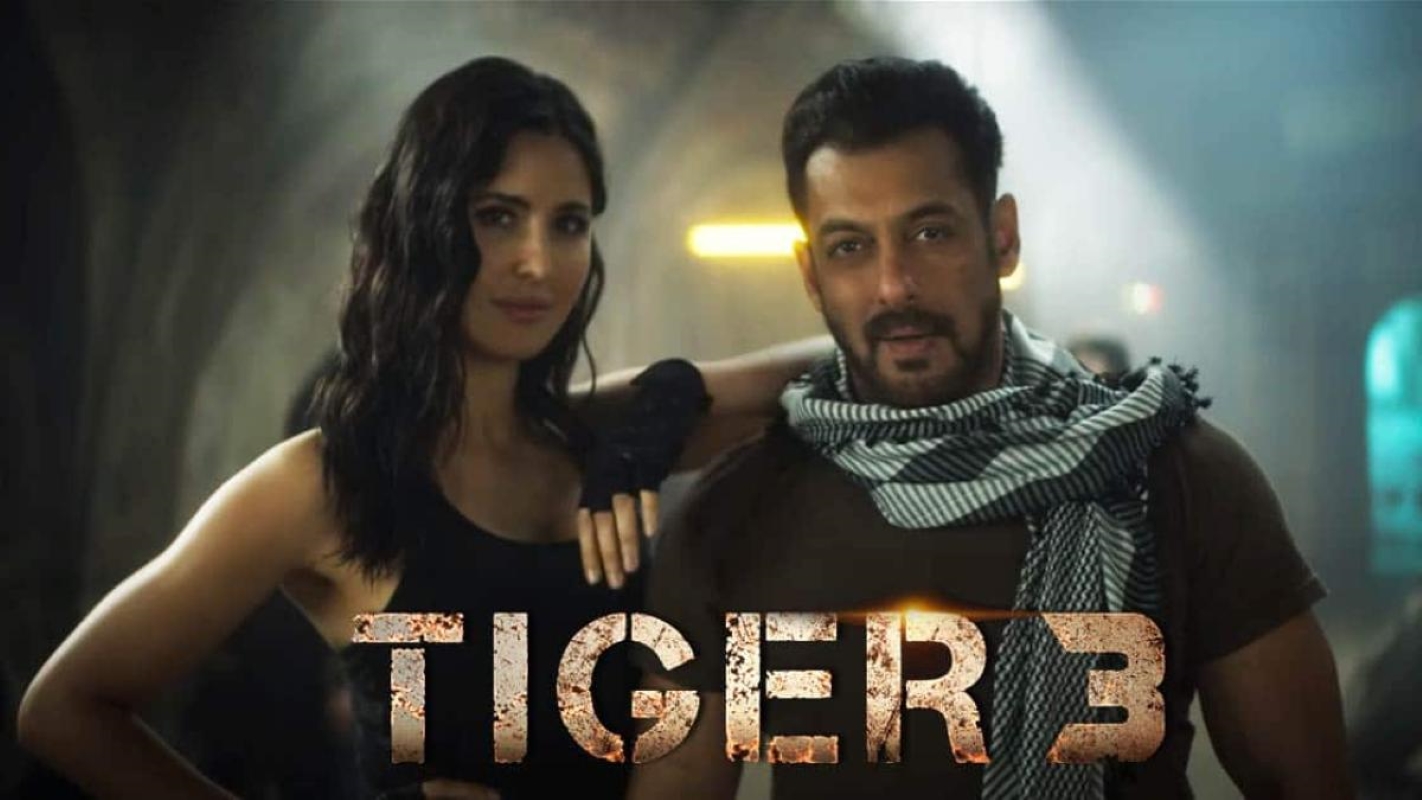Killers of the Flower Moon Review:

In recent times, Martin Scorsese’s epic “Killers of the Flower Moon” has taken the film world by storm, captivating audiences with its masterful storytelling and captivating performances. This historical drama, based on David Grann’s non-fiction book of the same name, delves deep into a chilling chapter of American history – the Osage murders in 1920s Oklahoma. The film’s narrative is a haunting reminder that evil can sometimes hide in plain sight, often with a smile.
Killers of the Flower Moon Review: A Tale of Wolves in Sheep’s Clothing
The movie introduces us to a cast of characters, each with their own motivations and dark secrets. At the center of it all are Mollie Burkhart (Lily Gladstone) and her husband, Ernest Burkhardt (Leonardo DiCaprio). Their love story unfolds against the backdrop of a growing conspiracy, where murder becomes a part of daily life. The film portrays the malevolent forces at play as something that can be ordered as casually as a drink at a bar.

Ernest, a war veteran, is easily manipulated by his uncle, William King Hale (Robert De Niro), a sociopath who sells murder with a smile. Hale is a cattle baron who becomes a kingmaker in the Osage region, using his political cunning to exploit both the Osage and the white settlers for personal gain. The film subtly examines how individuals can be lured into nefarious schemes, blinded by greed or naivety.
A Larger Commentary on Injustice
“Killers of the Flower Moon” is not just a historical drama but a profound exploration of the roots of evil and the complicity of society. The Osage Nation, driven off their land to Oklahoma, unexpectedly found themselves sitting on a vast oil fortune. This newfound wealth attracted those who wanted a piece of the pie, leading to a battle for land that would eventually spiral into a series of murders. The film raises questions about how easy it was for the perpetrators to commit heinous acts for personal profit.

The story’s shift from a straightforward murder mystery to a more personal perspective through the lens of Mollie and Ernest’s relationship allows the audience to witness the injustice and the horror that unfolds. It sheds light on how intrinsic injustice and violence were to the formation of wealth and inequality in the country. The film resonates with commentary on how nonchalant violence against those deemed ‘lesser’ pervaded a century of American history.
References to the Tulsa Massacre and the KKK further highlight the film’s overarching theme – the subjugation of the powerless by those in positions of power.
A Masterpiece of Craftsmanship
The success of “Killers of the Flower Moon” can also be attributed to the exceptional craftsmanship behind the scenes. Martin Scorsese, in collaboration with his team, brings this harrowing true story to life with meticulous attention to detail.
Rodrigo Prieto’s cinematography captures the grandeur of the Osage Nation’s territory while also delving into intense close-ups that heighten the tension. Robbie Robertson’s score adds a heartbeat to the film, underscoring its notable runtime. Thelma Schoonmaker’s editing, despite the film’s length, maintains a compelling pace and ensures that the audience remains deeply engaged.
Stellar Performances
The cast of “Killers of the Flower Moon” delivers exceptional performances that breathe life into their characters. Leonardo DiCaprio and Robert De Niro, two of Scorsese’s long-standing collaborators, provide riveting performances that echo the themes of abuse and manipulation. However, it is Lily Gladstone who steals the show. Her portrayal of Mollie Burkhardt is a revelation, characterized by subtlety and authenticity, grounding the film in the truth of her character’s experiences.

The ensemble cast understands the importance of authenticity in portraying a historical saga, emphasizing the emotional reality over didactic history lessons. The film doesn’t just recount the events; it immerses the audience in the personal struggles of its characters.
The Unveiling of Wolves
As “Killers of the Flower Moon” unfolds, it presents a disconcerting picture of wolves in sheep’s clothing. The movie forces us to confront the capacity for evil that can fester within individuals and within society itself. It is a compelling and thought-provoking exploration of how a society can be complicit in atrocities, turning a blind eye to injustice.
The film’s closing question resonates deeply: What do we do when we find the wolves? “Killers of the Flower Moon” urges us to reflect on our own role in history, our responsibility in acknowledging and addressing injustice, and the importance of unmasking the evil that may lurk around us.
In theaters since October 20th and coming soon to Apple TV+, “Killers of the Flower Moon” is not just a cinematic experience; it’s a powerful reminder of the dark chapters in American history that continue to cast long shadows over the present.
As Martin Scorsese peels back the layers of this historical epic, he reveals a complex and disturbing narrative that challenges us to look beyond the surface and confront the unsettling truths that history often conceals. “Killers of the Flower Moon” stands as a testament to the enduring power of cinema to provoke thought, evoke emotion, and inspire change. It is a story that will linger in our minds, urging us to remain vigilant and unmask the wolves in our own time.











